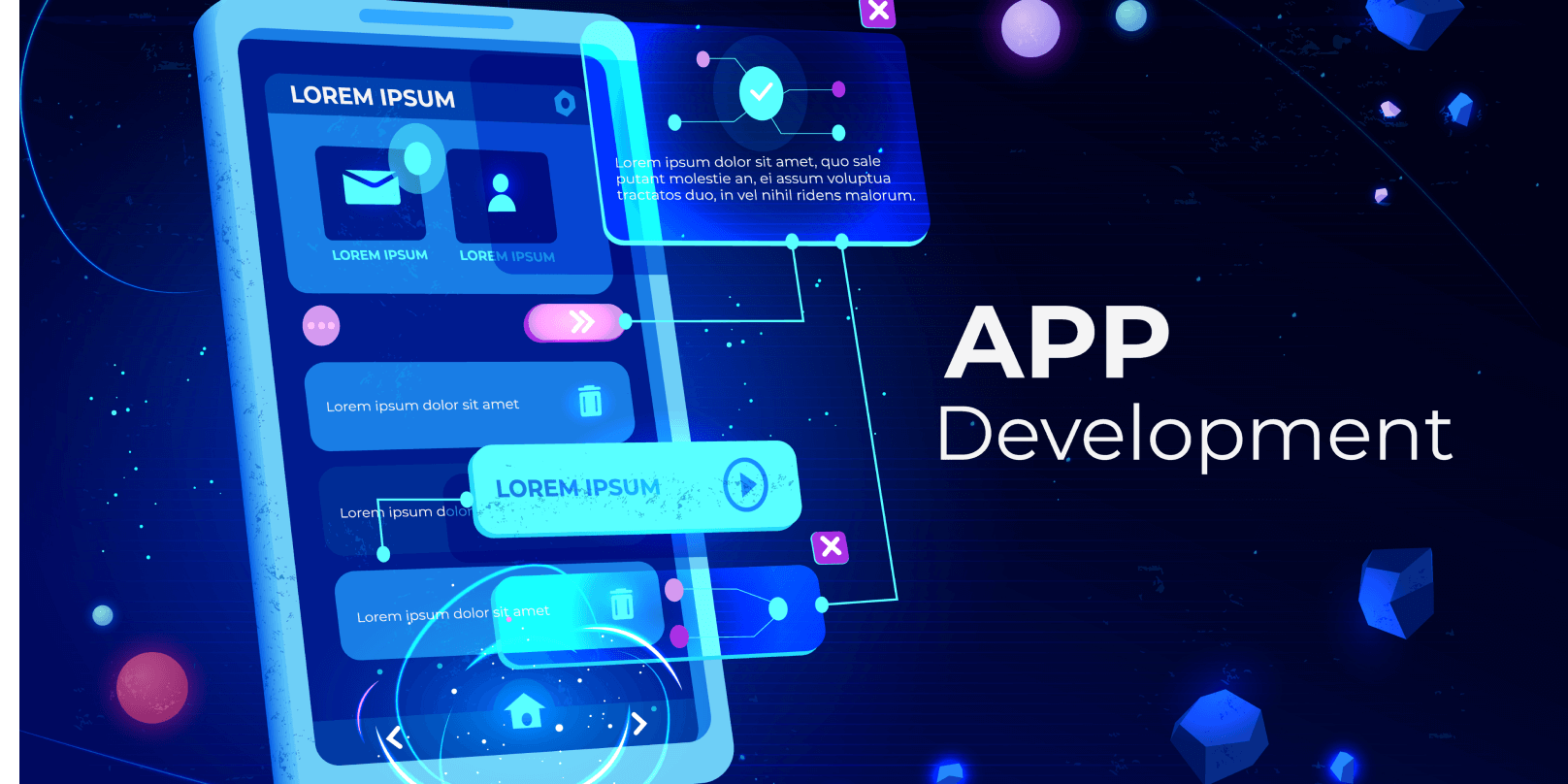Introduction
Mobile applications have become an integral part of our daily existence in the current digital age. Apps have revolutionized the way we interact with technology, from ordering food and hailing transportation to managing finances and keeping in touch with loved ones. Nonetheless, the path from a basic app concept to a successful market presence is complex and multifaceted. This article explores the world of app development, including its evolution, key phases, obstacles, and success strategies.
I. The History of Application Development
A. The Beginnings of App Development
A concise history of mobile application development
Palm OS, BlackBerry, and Java ME are pioneering operating systems and programming languages.
simple designs with limited functionality.
B. The Mobile Device Revolution
Apple’s App Store and Google’s Play Store changed the game.
The rise of iOS and Android is shaping the landscape of app development.
Touchscreens, sensors, and location services are examples of capabilities that have been enhanced.
C. Contemporary App Development Environment
Productivity, amusement, and social networking are only a few of the diverse app categories.
The contribution of frameworks and libraries to accelerating development
User experience (UX) and user interface (UI) design are emphasized.
II. Crucial App Development Phases
A. Inspiration and Conception
Problem identification is the foundation of a successful app.
Understanding your target market through market research and competitor analysis
Identifying the unique value proposition of the app
B. Preparation and Design
Wireframing and prototyping: visualizing the structure of the application
Creating intuitive navigation based on user flows and information architecture
UI/UX design is the process of developing a visually appealing and user-friendly interface.
C. Advancement
Choosing between native, hybrid, and cross-platform technology stacks
Front-end and back-end development entail the construction of the user interface and functionality.
API integration with third-party services
D. Evaluation and Quality Control
Functionality, usability, efficacy, and security are types of testing.
Debugging and iteration: refining the application based on the outcomes of tests
Beta testing and incorporation of user feedback
E. Installation and Launch
Guidelines and submission procedures for the app store
Strategies for marketing pre-launch chatter
Implementing adjustments in response to early user feedback
III. Obstacles in Application Development
A. Platform Splintering
resolving compatibility issues between devices and OS versions.
Optimizing the user experience for various display sizes and hardware capabilities
B. Vigorous Competition
being noticeable in a congested marketplace.
The significance of a compelling value proposition and distinctive features
C. Profitability Strategies
Selecting between the paid, freemium, in-app purchase, and subscription business models.
maintaining a balance between revenue generation and user satisfaction.
Engagement and Retention of users
Developing characteristics that promote regular use and retention
Notifications, content personalization, and social interactions
IV. Strategies for Market Success
A. Concentrate on User-Centric Design
Prioritizing user-friendly navigation and seamless experiences
Consistently soliciting and integrating user feedback.
B. Agile Development Methodology
Adopting a flexible approach and iterative development cycles
Rapidly adapting to change and incorporating acquired knowledge
Efficient Marketing and advertising
Developing an engaging app description and visuals
Utilizing social media, collaborations with influencers, and app review sites
D. Data-Driven Determination
User behavior and app utilization patterns are analyzed.
Adapting and enhancing operations based on data insights
Conclusion
The path from app concept to market success is a dynamic and arduous one, requiring a delicate balance of creativity, technical expertise, and strategic planning. As technology advances and user expectations change, app developers must remain adaptable and creative. By understanding the evolution of app development, mastering its key stages, addressing challenges head-on, and implementing effective strategies, developers can increase their chances of creating apps that not only thrive in a competitive market but also improve the lives of users worldwide.







